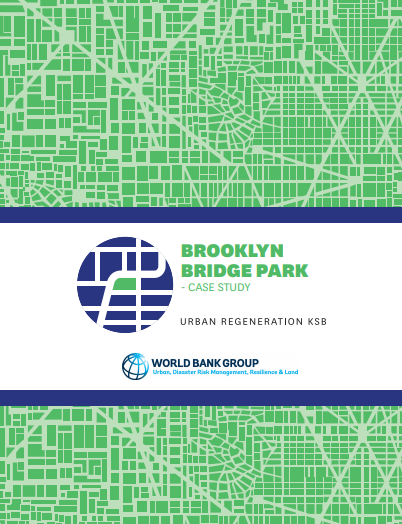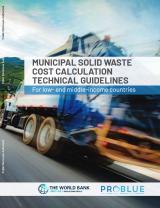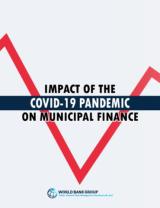
-
Country/City
New York
-
Topics
Municipal Finance, Urbanscaping, Landscaping
-
Published On
May 19, 2020
In the early 1980s, the Port Authority of New York and New Jersey (PANYNJ) decided to cease all cargo ship operations along Brooklyn’s Piers 1 to 6 due to a decline in use, as cargo was increasingly going to other ports. As a result, the piers became a barren, post-industrial site with little activity. Even so, the area had significant potential for reuse, in part due to its panoramic views of the Manhattan skyline across the East River. In the 1990s, PANYNJ announced plans to sell the land for commercial development. Local community and non-governmental organizations lobbied to preserve the open-air quality of the site and prevent the construction of high-end, high-rise developments that would block views from the Brooklyn Promenade. In 1998, the Brooklyn Waterfront Local Development Corporation (LDC) was created to lead a public planning process to propose alternative public uses for the site.
By 2005, the governments of the States of New York and New Jersey, and the City of New York had reached an agreement to establish the Brooklyn Bridge Park along the six former PANYNJ-owned piers. The memorandum of understanding between the parties dictated that the park must retain a financially self-sustaining model for maintenance and operations through the not-for-profit Brooklyn Bridge Park Development Corporation (BBPDC). In March 2010, the first sections of the park were opened to the public, and by July 2019 development of the overall site was 90% complete. Brooklyn Bridge Park has since become one of the most popular attractions in New York City. Millions of people go to the park every year to attend festivals and other recreational, artistic, and educational events.
Download
1.43 MB



